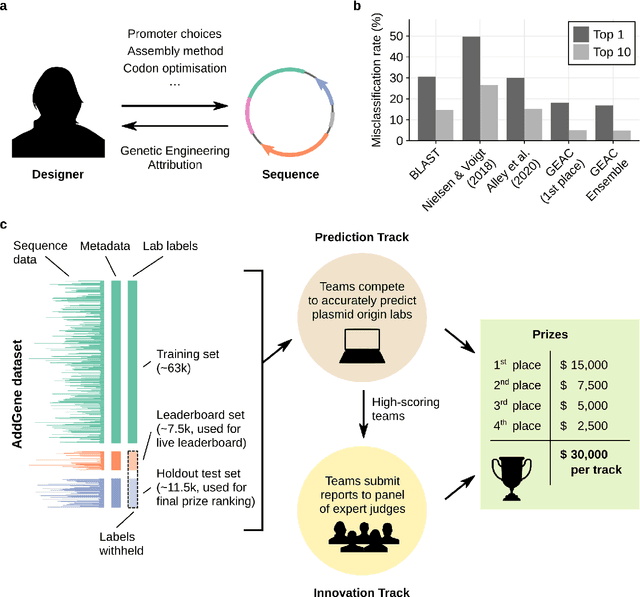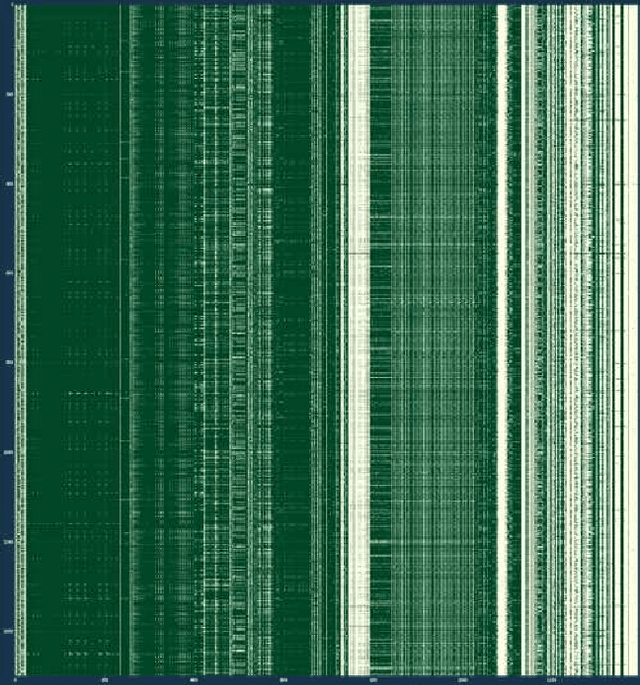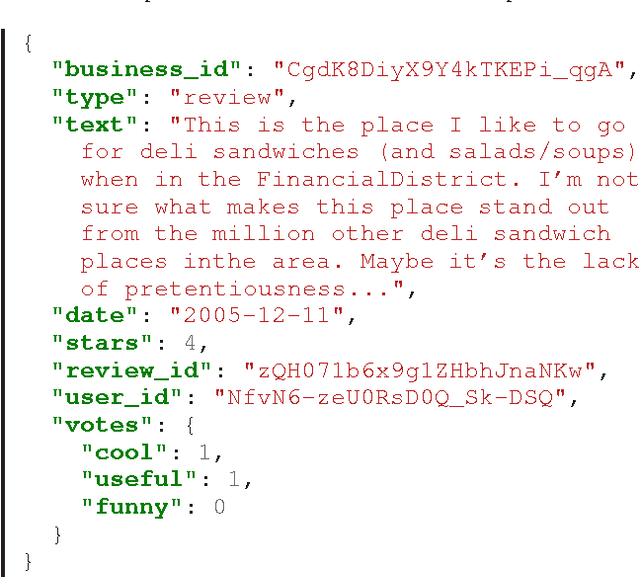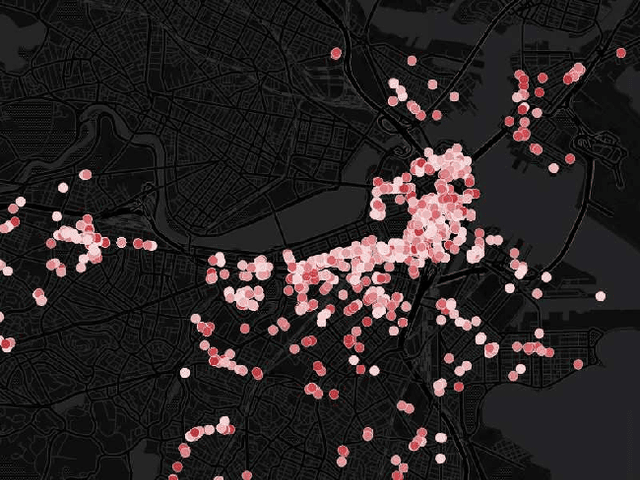Greg Lipstein
Analysis of the first Genetic Engineering Attribution Challenge
Oct 14, 2021



Abstract:The ability to identify the designer of engineered biological sequences -- termed genetic engineering attribution (GEA) -- would help ensure due credit for biotechnological innovation, while holding designers accountable to the communities they affect. Here, we present the results of the first Genetic Engineering Attribution Challenge, a public data-science competition to advance GEA. Top-scoring teams dramatically outperformed previous models at identifying the true lab-of-origin of engineered sequences, including an increase in top-1 and top-10 accuracy of 10 percentage points. A simple ensemble of prizewinning models further increased performance. New metrics, designed to assess a model's ability to confidently exclude candidate labs, also showed major improvements, especially for the ensemble. Most winning teams adopted CNN-based machine-learning approaches; however, one team achieved very high accuracy with an extremely fast neural-network-free approach. Future work, including future competitions, should further explore a wide diversity of approaches for bringing GEA technology into practical use.
Harnessing the Power of the Crowd to Increase Capacity for Data Science in the Social Sector
Jun 24, 2016



Abstract:We present three case studies of organizations using a data science competition to answer a pressing question. The first is in education where a nonprofit that creates smart school budgets wanted to automatically tag budget line items. The second is in public health, where a low-cost, nonprofit women's health care provider wanted to understand the effect of demographic and behavioral questions on predicting which services a woman would need. The third and final example is in government innovation: using online restaurant reviews from Yelp, competitors built models to forecast which restaurants were most likely to have hygiene violations when visited by health inspectors. Finally, we reflect on the unique benefits of the open, public competition model.
 Add to Chrome
Add to Chrome Add to Firefox
Add to Firefox Add to Edge
Add to Edge